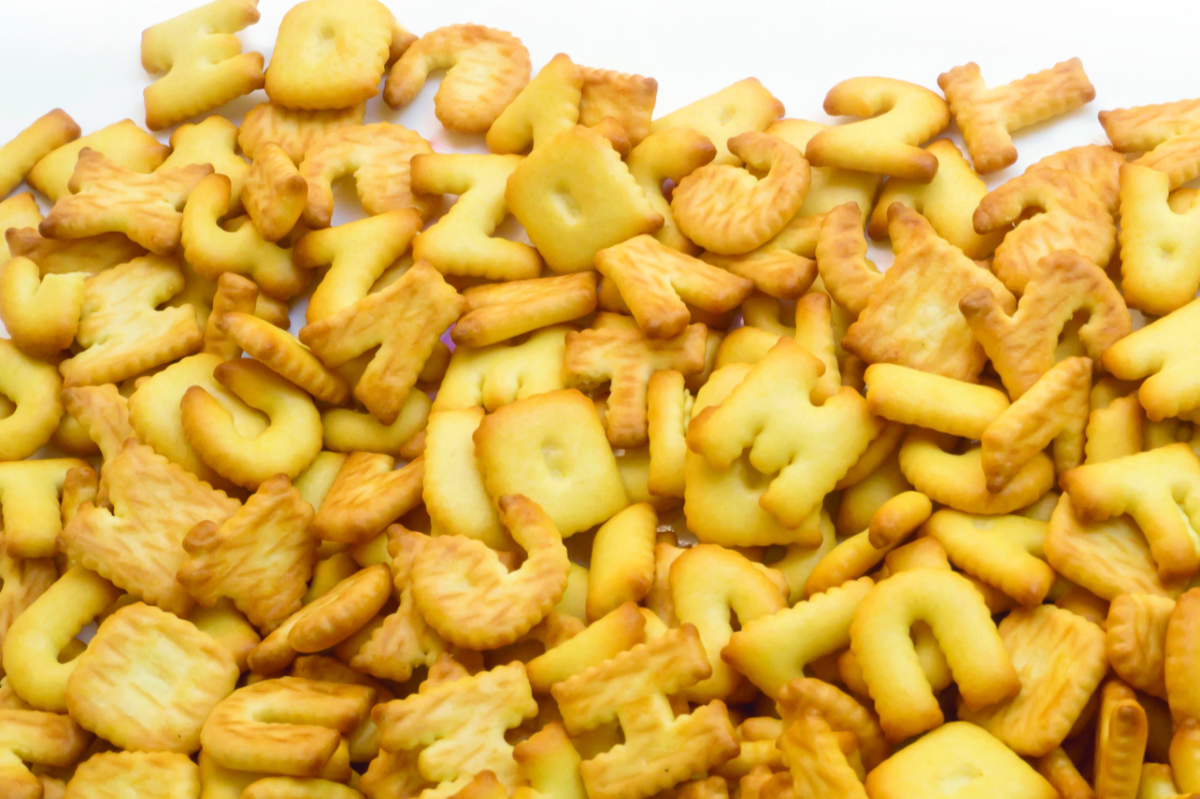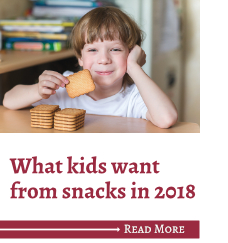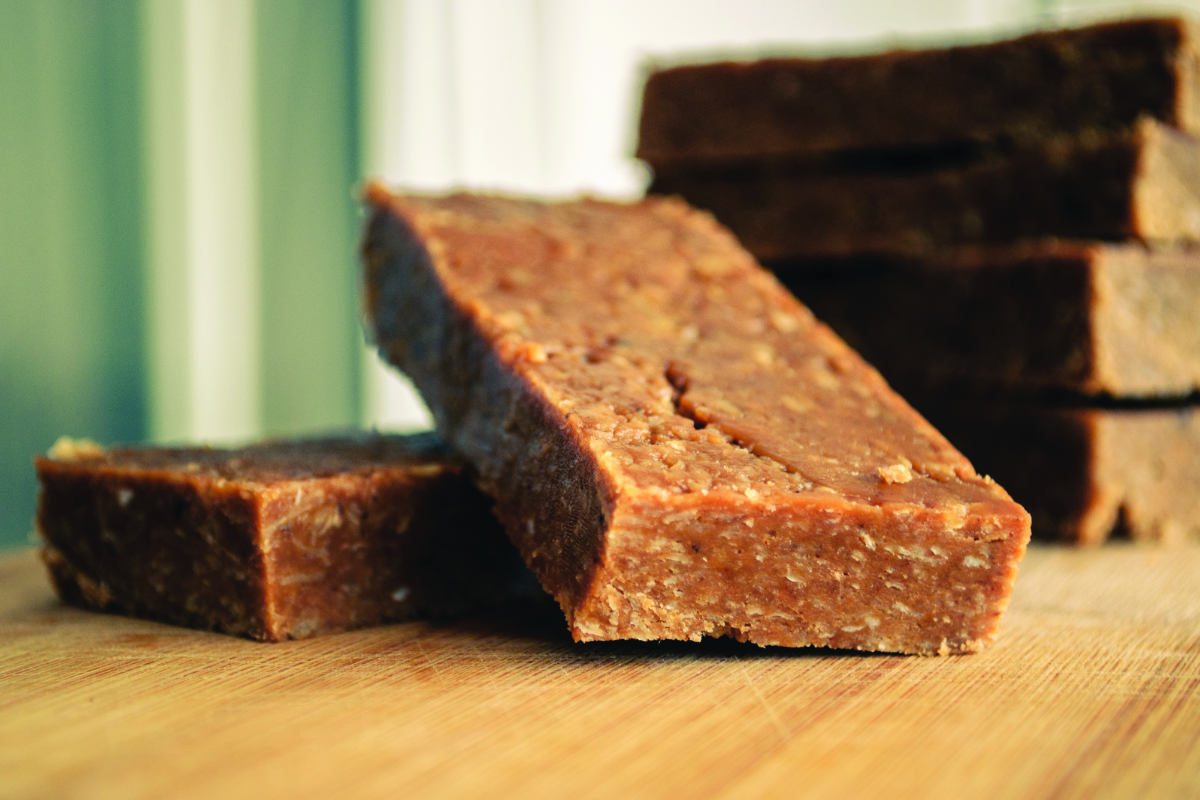Parents rush their kids to the bus stop in the morning. After school, there’s soccer practice for one and tutoring for another, and somebody has piano lessons later that evening. Just as a daughter is dropped off, her brother needs to be picked up, and everyone in the family might not get home until well past dinnertime. This kind of hectic schedule isn’t just one day of the week; oftentimes it occurs every weekday, some weekends and even into the summer months.
Since there’s limited time to fix meals, parents are searching for snacks as replacements. According to the “Global Kids Snacks Market Research Report 2018” by QYResearch, the kids’ snacking market is predicted to grow steadily at a CAGR of 10 to 15% from 2018 to 2023. With three meals a day shifting to anywhere from six to nine mini meals, parents are looking for snacks that provide ample nutrients and fuel their energetic and activity-oriented youngsters.
“It used to be that the snacks were fruit, but because of the natural high-sugar content, a lot of parents have gone away from that and have gone looking up and down the aisles for high-protein snacks that have less sugar and less sodium,” said “Supermarket Guru” Phil Lempert. “It’s really creating a whole new category or subcategory of snacks that are equally healthy and on-the-go to give these kids that extra energy they need, as well as the parents.”

However, it’s not easy for bakeries to move into this segment. Mr. Lempert pointed out two crucial elements to a kid’s snack: “It needs to have the parent’s criteria loud and clear on the package, but for the kids to eat it, it has to be hip, cool, fun and a weird color or something that will attract them. The package has to do both things, and that makes it really difficult for a lot of brands.”
The production of kids’ snacks is a balancing act. On one hand, snack makers must satisfy the purchasers, or the parents; on the other hand, if children aren’t happy, they know how to make life hard on their parents.
From generation to generation
If you are what you eat — or what you snack on — then many of today’s junior consumers might be better-for-you, flavorful and protein-centered. These qualities, of course, are primarily at the discretion of their parents.
Within the sector of households with children, 42%, or about 11 million, are parented by millennials, according to Cargill’s 2017 study “Millennial Parents Further Shift the Kids’ Food and Beverage Industry,” and this number will increase with time. Here’s a scoop on millennials: They’re looking for diverse flavors, they’re not brand loyal, and they’re busy. More importantly, millennials prefer wholesome meals and snacks that are produced with familiar and nutritious ingredients. This preference now affects many of their parenting decisions as they look for fresher products that are all-natural and labeled non-GMO, no/low sugar and have no artificial ingredients.
 “The snacking aisle can be a daunting place for health-conscious parents who are trying to feed their kids nutritious foods,” said Jon Lesser, vice-president of marketing, Kind Snacks, New York. “At Kind, we found that 66% of parents feel guilty for not providing more nutritious snacks for their children, and 75% of shoppers believe there aren’t enough healthy snack choices for kids.”
“The snacking aisle can be a daunting place for health-conscious parents who are trying to feed their kids nutritious foods,” said Jon Lesser, vice-president of marketing, Kind Snacks, New York. “At Kind, we found that 66% of parents feel guilty for not providing more nutritious snacks for their children, and 75% of shoppers believe there aren’t enough healthy snack choices for kids.”
In May, Kind debuted a line of oat bars called KIND Kids after discovering a lack of healthy and tasty kids’ snack bars that parents were okay with buying. The 100% whole grain snack bars contain oats, sorghum and quinoa and are also gluten-free with no artificial flavors, colors or preservatives.
It’s new products like this that parents are willing to go out on a limb and buy, if only to get their child’s reaction on its better-for-you qualities. In fact, 82% of parents purchased at least one new better-for-you snack per month, according to the Amplify Snack Brands report “Better-for-you Snacks: The New Snacking Reality” because it seemed healthier and there was a chance their child would eat it.
This health-conscious generation is passing this mindfulness down to the next one. The Amplify report stated 69% of millennial moms say their little ones understand that some snacks are healthier than others, and 55% said their kids are more likely to choose a better-for-you snack over other packaged snacks. “We have kids and millennials who are really brand agnostic,” Mr. Lempert said. “They look at what the product is; they look at ingredients; they look at the nutritional information; they focus on the taste of it and so on. Millennials are also looking for what’s next and what’s new — being on the cutting edge.”
Currently leading the way are flavorful options, which include the influx of ethnic foods as America’s population diversifies. The report “Kids Food & Beverage Market in the US, 9th Edition” by Packaged Facts noted these family demographics mean marketers must create snacks that appeal to a variety of traditional and cultural values.

Like the adult snacking world, Mr. Lempert said, ethnic snacks with youth appeal are gaining ground. “Most kids in the US go to school with a lot of people from different countries and different races,” he explained, noting that diversity is also expressed in school lunches. “They don’t see the barriers that older people had from when they were kids and are much more willing to try foods and much more adventurous.”
Along with seeking flavorful and healthful snacking qualities, today’s parents are looking for products that keep their children alert throughout the day. Busy schedules practically demand it, and protein-centered companies are responding.
RXBar, Chicago, now owned by Kellogg Company, Battle Creek, MI, launched its RXBAR Kids products last year, which contain 7 g protein and 3g fiber and come in berry, chocolate chip and apple cinnamon varieties. This year, it added a peanut butter-and-jelly-inspired variety. Orgain, Inc., Irvine, CA, is introducing OrgainKids bars that will have half the sugar and twice the fiber of traditional children’s bars in addition to a high amount of protein. Likewise, ThinkThin, Los Angeles, is debuting thinkKids bars with 7 g protein and 3 g fiber. Power Crunch, Irvine, CA, also created Snap Sticks, a kid’s protein bar line with 10 to 11 g whey protein. The sticks come in appealing flavors including Chocolate Lava, Birthday Cake, Peanut Butter Honey and more.
Creating a kid snack that contrasts enough with adult products and maintains a flexible appeal for other consumers is a complex process, and it could be a risky one. However, with families getting busier and children driven by food, demand is soaring. Shelfing flavorful and colorful items that kids can’t get enough of means a snack producer is halfway there; add healthier and nutritional elements to the mix, and a parent will walk through snack aisles like a kid in a candy shop.




